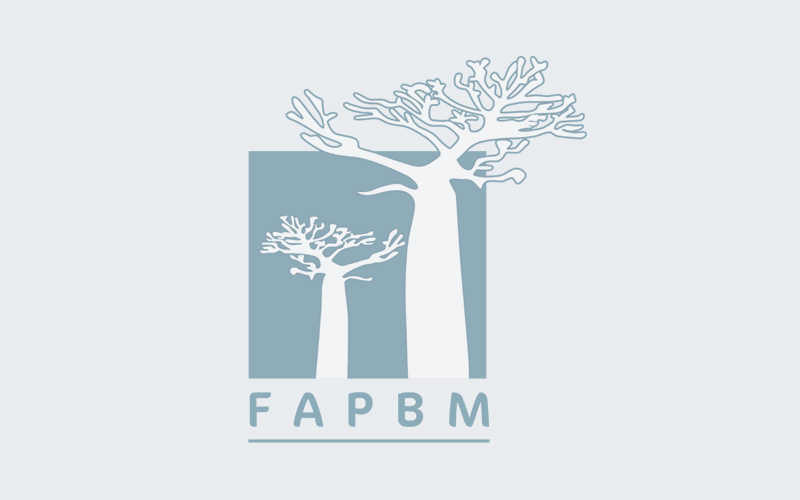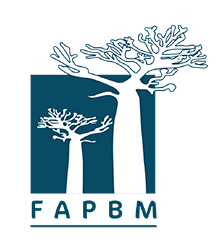Flagship Species
The flora of the site is still poorly known but seems to include typical elements of the forest in the region. On the other hand, the reserve has a great biological richness in fauna, especially for birds and amphibians.

The flora of the site is still poorly known but seems to include typical elements of the forest in the region. On the other hand, the reserve has a great biological richness in fauna, especially for birds and amphibians.


8 species
3 critically endangered (e.g. Indri indri), 1 endangered (the nocturnal lemur Aye-aye), and 3 vulnerable (e.g. the red-bellied lemur)






105 species
5 endangered and 4 vulnerable






34 species






4 species
2 vulnerable (the fosa and the Malagasy civet)






27 species
26 endemic to Madagascar, among which 1 critically endangered palm species, 3 endangered flora species (including 2 palm species), and 1 vulnerable species.


Dense low- and mid-latitude rainforest, transitional forest, mid-altitude rainforest, rocky vegetation, mosaic of crops, shrubs and secondary forests.






The PA houses a hydrographic network that occupies an important place in the region's economy: a water reservoir that irrigates the region, supplies the Ivolobe hydroelectric site, serves as a river for transporting goods, and is used for agricultural or domestic purposes.




Like all protected areas managed by MNP, the management of the Mangerivola Special Reserve is based on collaborative co-management with the participation of members of local communities in conservation and development activities. They are grouped into CLPs (Local Park Committees) and COSAPs (Committee for the Orientation and Support of Protected Areas).




The support of FAPBM to the Mangerivola Special Reserve began in 2023. For protected areas managed by MNP, FAPBM ensures the security of salary charges and some operating expenses.